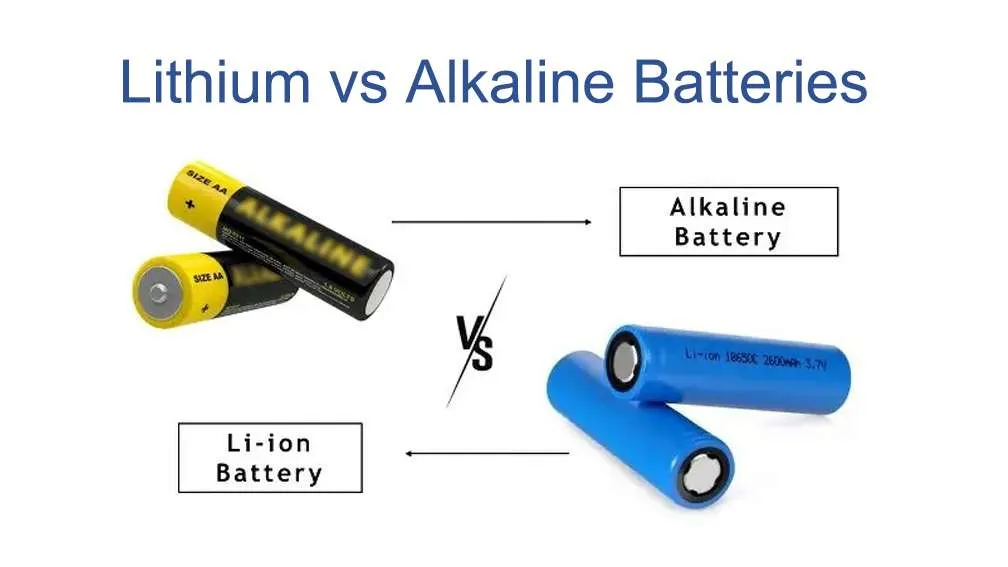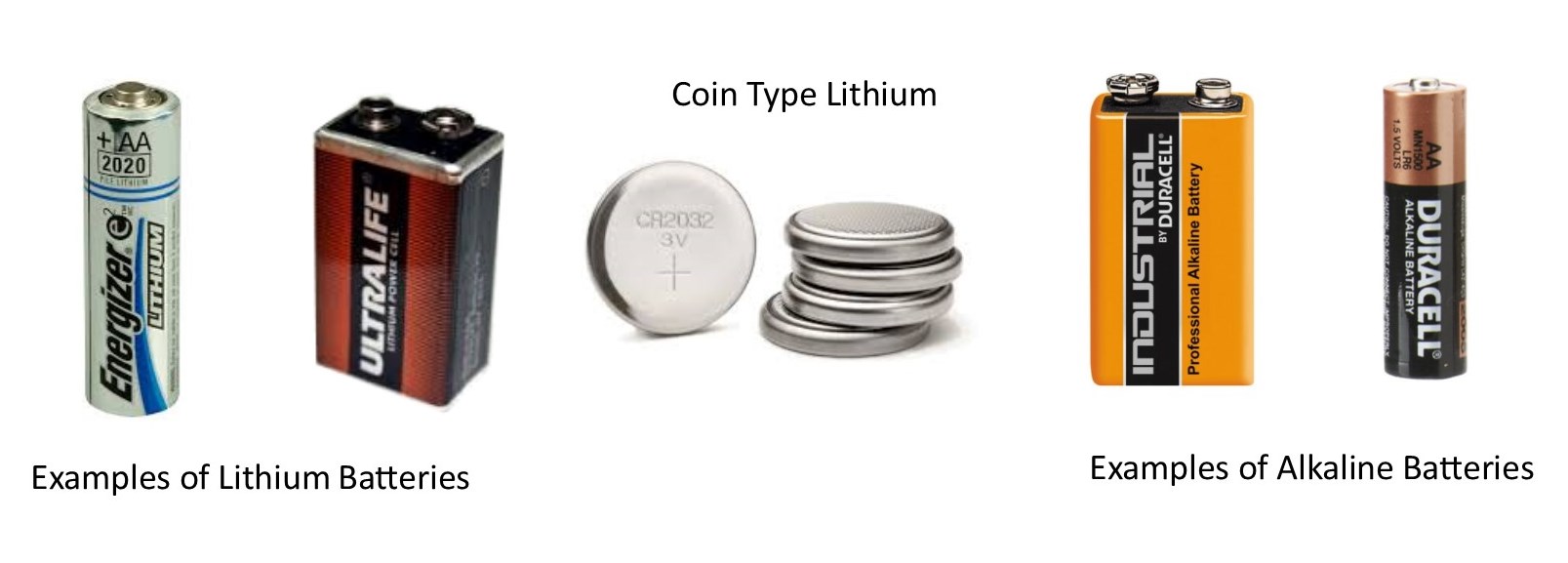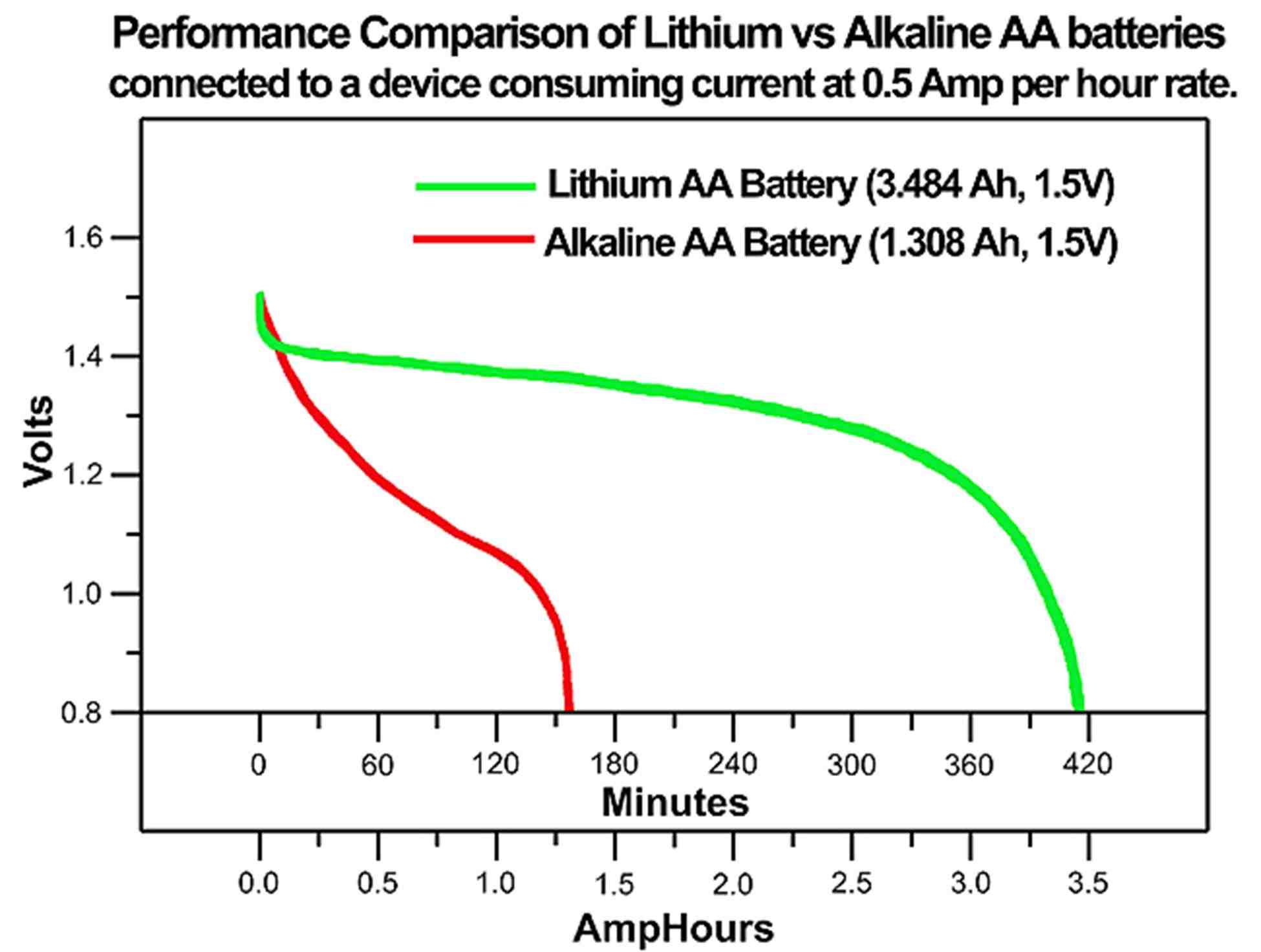
In the evolving landscape of portable power sources, lithium-ion (Li-ion) and alkaline batteries stand out as two of the most prevalent and influential technologies. Each type of battery brings its unique set of properties, tailored to meet specific needs across a broad spectrum of applications. This juxtaposition between lithium-ion and alkaline batteries not only highlights the diversity in battery technology but also underscores the importance of understanding their fundamental characteristics to make informed decisions for their application.Lithium-ion batteries, known for their rechargeability, high energy density, and efficiency, have become the cornerstone of modern portable electronics, electric vehicles, and renewable energy storage solutions. Their ability to store significant amounts of energy in a relatively small and lightweight package has revolutionized the way we use and think about energy storage, propelling advancements in technology and convenience to new heights.On the other hand, alkaline batteries, characterized by their single-use design, reliability, and cost effectiveness, have long been the go-to choice for a wide range of household devices. From remote controls to children's toys, alkaline batteries offer a straightforward and accessible power solution for everyday needs, embodying the principles of dependability and ease of use.
As we delve deeper into the comparison between lithium-ion and alkaline batteries, it's essential to appreciate the nuances of each technology. By understanding their fundamental attributes, including chemistry, performance, environmental impact, and cost, we can better navigate the strengths and limitations of these power sources, paving the way for informed choices and innovative applications in our increasingly electrified world.

Lithium batteries work based on the movement of lithium ions between the cathode and anode during charging and discharging cycles. When charging, lithium ions move from the cathode to the anode and are stored there. During discharge, the process reverses, and the ions move back to the cathode, releasing electrical energy. Lithium-ion batteries can be classified based on the materials used for the cathode, anode, and electrolyte. However, the most significant variations and classifications come from the types of materials used for the cathode and anode. Here are the common types based on cathode materials:lithium cobalt oxide (LiCoO2) - LCO,lithium manganese oxide (LiMn2O4) - LMO,lithium nickel manganese cobalt oxide (LiNiMnCoO2) - NMC,lithium Iron phosphate (LiFePO4) - LFP,lithium nickel cobalt aluminum oxide (LiNiCoAlO2) - NCA,lithium titanate (Li4Ti5O12) - LTO. Common lithium-ion battery models include 18650 lithium battery, 21700 lithium battery, 26650 lithium battery, CR123A lithium battery, CR2032 lithium battery, AA lithium battery , AAA lithium battery, NCR18650B lithium battery, NCR18650GA lithium battery, and NCR20700A lithium battery.
Alkaline batteries operate on the principle of a chemical reaction between zinc (Zn) and manganese dioxide (MnO2) in an alkaline electrolyte, usually potassium hydroxide (KOH). When the battery is in use, zinc at the anode undergoes oxidation, while manganese dioxide at the cathode is reduced, generating a flow of electrons that powers connected devices. The alkaline electrolyte facilitates the ion transfer, ensuring high efficiency and a longer shelf life compared to acidic or neutral electrolyte batteries. Common materials used in these batteries include zinc, manganese dioxide, and potassium hydroxide. Popular models of alkaline batteries include AA, AAA, C, D, and 9V, which are widely used in household devices such as remote controls, flashlights, and toys, due to their reliability, energy density, and cost-effectiveness.
When comparing the capacity of alkaline and lithium-ion batteries, it's essential to consider the fundamental differences in their chemistry and applications. Alkaline batteries, typically AA or AAA, have a nominal voltage of 1.5 volts and capacities that can range from about 1700 to 3000 milliampere-hours (mAh) for AA batteries, and 700 to 1200 mAh for AAA batteries. In contrast, lithium-ion batteries, which come in various shapes and sizes, often have a higher nominal voltage of around 3.7 volts for cylindrical cells like the popular 18650, with capacities ranging significantly from 1800 mAh to upwards of 3500 mAh or more, depending on the specific chemistry and design.
For instance, a typical AA alkaline battery might provide around 2,000 mAh at 1.5 volts, translating into 3 watt-hours (Wh) of energy (mAh x V = Wh). A standard 18650 lithium-ion battery, however, could offer about 3,000 mAh at 3.7 volts, equating to 11.1 Wh of energy. This stark difference in energy content is why lithium-ion batteries are preferred for high-drain devices and applications requiring more power and longevity, such as smartphones, laptops, and electric vehicles.
An actual example can be seen in portable electronics: A digital camera using AA alkaline batteries might operate for a few hours before needing a replacement, whereas a camera with a built-in rechargeable lithium-ion battery could last for several days on a single charge under similar usage conditions. This disparity in performance is attributed to the higher energy density and efficiency of lithium-ion batteries, which allow them to store more energy in a similar or smaller volume compared to alkaline batteries, making them more suitable for modern electronic devices that demand significant power over extended periods.
The voltage of a single lithium-ion battery is higher compared to an alkaline battery.To illustrate this with a practical example, let's consider a common device such as a flashlight. A flashlight typically requires multiple alkaline batteries to operate, usually in a series configuration. Each alkaline battery has a voltage of around 1.5 volts.The nominal voltage of a 18650 type lithium-ion battery is usually 3.7 volts.This means that to achieve a higher voltage, the number of lithium-ion batteries required is often much less than that of alkaline batteries needed.

When comparing the cycle life of lithium-ion batteries to alkaline batteries, lithium-ion clearly surpasses alkaline in terms of rechargeability and endurance. Lithium-ion batteries can withstand 500 to 1,000 charge-discharge cycles, and some high-quality variants may even achieve up to 2,000 cycles, while rechargeable alkaline batteries lag significantly behind with only about 50 to 100 cycles. This stark difference highlights the superior efficiency and sustainability of lithium-ion technology for applications requiring frequent recharging.
In terms of overall lifespan, lithium-ion batteries also lead, offering 2 to 3 years of service under optimal conditions, compared to the 5 to 10 years shelf life of unused alkaline batteries. However, the practical lifespan of alkaline batteries in devices varies greatly, ranging from several months in low-drain devices to mere hours in high-drain applications. This comparison underscores lithium-ion batteries as the more cost-effective and environmentally friendly choice for high-usage scenarios, whereas alkaline batteries may still hold value in low-drain, infrequent use due to their longer shelf life and lower upfront cost.
Lithium-ion batteries typically have a higher initial cost compared to alkaline batteries. For example, let's consider rechargeable AA batteries. A typical lithium-ion rechargeable AA battery may cost around $5 to $10 per cell, while alkaline AA batteries can be purchased for around $0.50 to $1 per cell.However, lithium-ion batteries have a longer lifespan than alkaline batteries.
In terms of energy density, lithium-ion batteries have a higher capacity, meaning they can store more energy per unit volume or weight compared to alkaline batteries. This translates into longer runtimes for devices powered by lithium-ion batteries.Let's consider an example of a digital camera. A lithium-ion battery with a capacity of 1200mAh may provide power for approximately 300 photos, while an alkaline battery with a capacity of 2700mAh may only last for around 100 photos. This difference in energy density can impact the overall cost as users would need to replace alkaline batteries more frequently.Therefore, while lithium-ion batteries have a higher upfront cost, their longer lifespan and higher energy density can make them more cost-effective in the long run, especially for devices with higher power demands. Alkaline batteries, on the other hand, are more suitable for devices with low power consumption and infrequent use, where the lower initial cost outweighs the need for rechargeability and higher energy density.
lithium-ion batteries offer a weight advantage due to their higher energy density, making them suitable for devices that prioritize portability and weight reduction.For example, let's consider a scenario where a portable gaming console requires batteries for power. A lithium-ion battery pack with a certain capacity can provide the required energy while keeping the weight of the console relatively low. In contrast, using alkaline batteries with the same energy capacity would make the console heavier and potentially less comfortable to use.
From an environmental standpoint, lithium-ion batteries are generally considered more eco-friendly than alkaline batteries due to their rechargeable nature, which significantly reduces waste and resource consumption over time. While lithium-ion batteries do require more resources and energy for production, their ability to undergo hundreds to thousands of charging cycles means fewer batteries are needed over the lifespan of a device, leading to a substantial decrease in environmental impact compared to alkaline batteries, which are typically single-use and contribute to higher volumes of hazardous waste. Additionally, lithium-ion batteries have a more established recycling infrastructure, further mitigating their environmental footprint, making them a more suitable option for those prioritizing sustainability.




The lab focuses on solid-state battery research to overcome traditional lithium batteries' safety and energy density issues, supporting environmental sustainability. It develops innovative solid-state electrolytes, refines electrode materials, and investigates ion transfer and interface stability to revolutionize battery technology.

The electric vehicle battery industry is rapidly developing, focusing on technological innovation, market competition, and sustainability. Research hotspots include solid-state batteries, new types of electrolytes, BMS optimization, and recycling technologies. The environmental adaptability, safety, and economic viability of batteries are key research areas, and the industry is expected to undergo more innovation and transformation.

Specializing in battery preparation technology research, the focus is on overcoming existing energy storage challenges by innovating in electrode materials, battery chemistry, and manufacturing processes to improve performance, safety, and reduce costs. Sustainability and recycling technologies for batteries are also emphasized to mitigate environmental impacts and foster the growth of green energy.